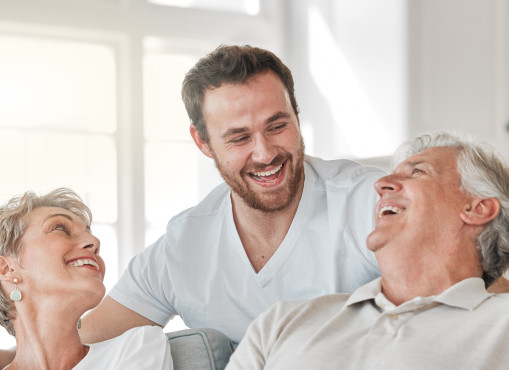- Home
- /
- All blog articles
- /
- How to financially prepare for your twilight years

How to financially prepare for your twilight years
Transitioning to retirement can be a big adjustment, especially if you’ve spent the last 30 or 40 years in full-time work. So here are a few things you can do to prepare for your twilight years, to ensure that they are relaxing and enjoyable rather than stressful and overwhelming.
Set a (realistic) budget
Suddenly not having a regular income will be a big adjustment, so you’ll need to have a budget in place to ensure that you’re not living beyond your means. If your twilight years are fast approaching, you’ve probably already started thinking about a retirement budget. And if you haven't, you should get cracking on one right now. But is your budget realistic? You shouldn’t have a budget just for the sake of it. If it’s not realistic, you could experience a nasty shock when you find your funds dwindling just a few years post-work.
You need to make sure that your budget can support your planned lifestyle in retirement. For example, the ASFA Retirement Standard for June 2017 recommends a budget of $34,911 per year for couples who wish to live a modest lifestyle. Couples who plan to lead a more comfortable lifestyle with some travelling, a nice car and some recreational activities will need to budget for at least $60,063 a year. And if you don’t own your own home, you’ll need to allow for even more than this. If this doesn’t align with your current budget, start thinking of ways to source additional income streams in retirement, sell some assets or be more realistic about your planned lifestyle and tighten your spending.
Re-asses your investment strategy
Hopefully you’ve been investing in a wide variety of assets for some time now to help fund your retirement. You may have set your portfolio up many years ago, but if you’re nearing retirement now’s a good time to reassess your strategy.
Someone who is still 20 years away from retirement may be comfortable taking on a higher level of risk, as they’ve still got plenty of time to ride out any market volatility and have a long term investment goal. However, if you’re only a few years away from retirement, you may want to decrease your risk in order to protect your assets from any market downturns.
Shares are considered to be the highest risk, as you’re relying on the performance of a company with no true guarantee. If your portfolio is currently invested heavily in equities it may be a good idea to consider adding some lower-risk assets too, such as cash in the form of a high interest savings account or a term deposit. However, no matter how close you are to retirement, the key to a good investment portfolio is diversification.
Create new income streams
As you will no longer be earning a full-time income, it’s a good idea to set up some additional income streams to prepare for retirement. It’s important that you’re not relying completely on your superannuation balance or the aged pension, especially if you want your retirement lifestyle to be higher up on the “comfort” scale, which we all do.
When reassessing the shares in your investment portfolio, make sure you’re invested in companies that pay fully franked dividends at least twice a year. Not all companies pay dividends and if you’re investing with capital growth in mind this can be okay. However, if you’re looking for a new income stream, dividends are a great solution. For a low-risk option for generating a new income stream, you could also consider a term deposit that pays interest annually, while your initial capital is protected.
While there are many different strategies for preparing for retirement, the most important thing is that you assess your options and have a well thought out plan in place. Don’t leave it up to chance!
About the Author
This post is a guest post written by Alison Banney of finder.com.au. Finder helps Australians compare a variety of products including credit cards, loans, insurance, shopping, tech and more! Alison Banney is the Senior Banking and Investment Writer for finder.com.au. She has worked in the content team for one of Australia's biggest banks, and is determined to help more Australians get excited about their finances through the use of clever content.


